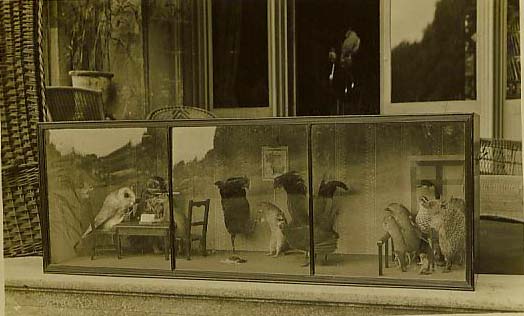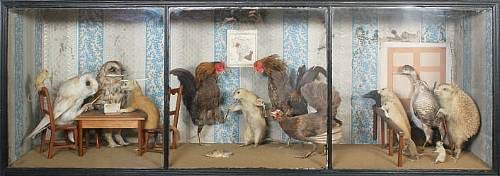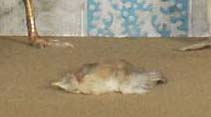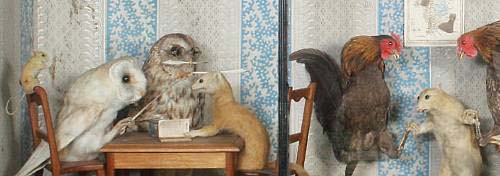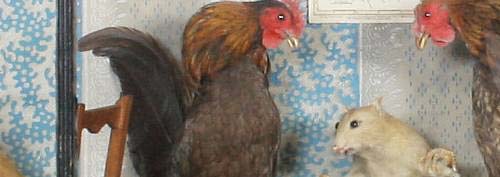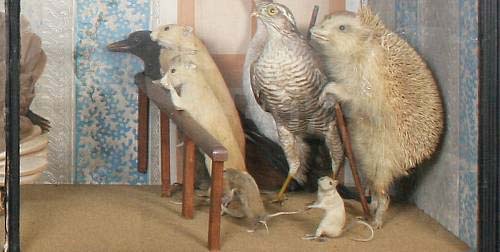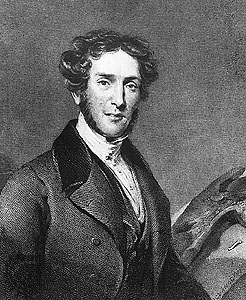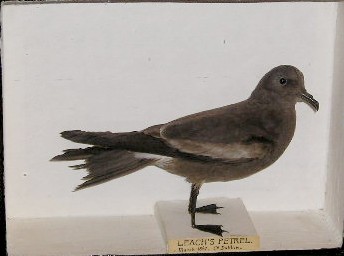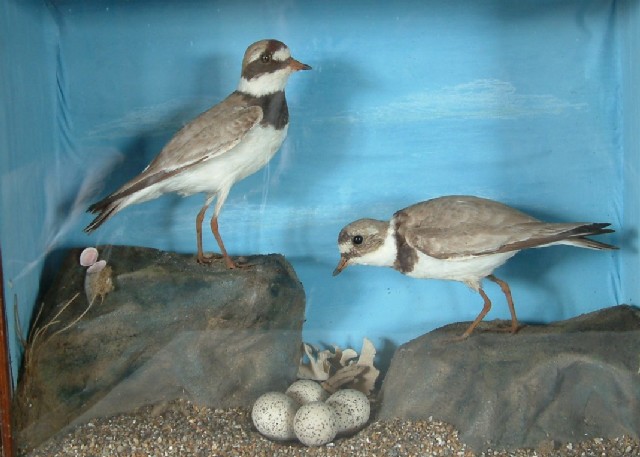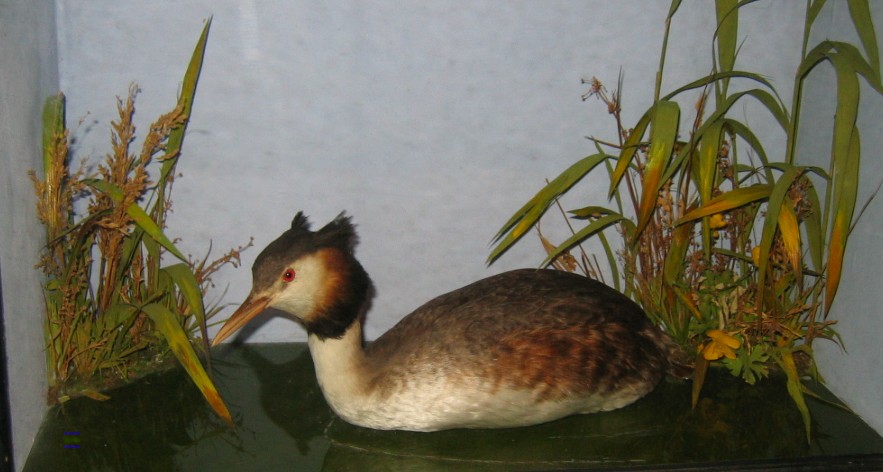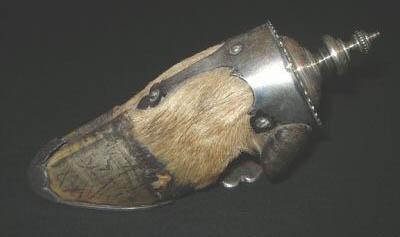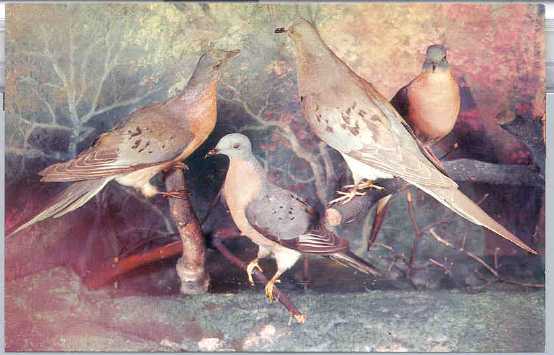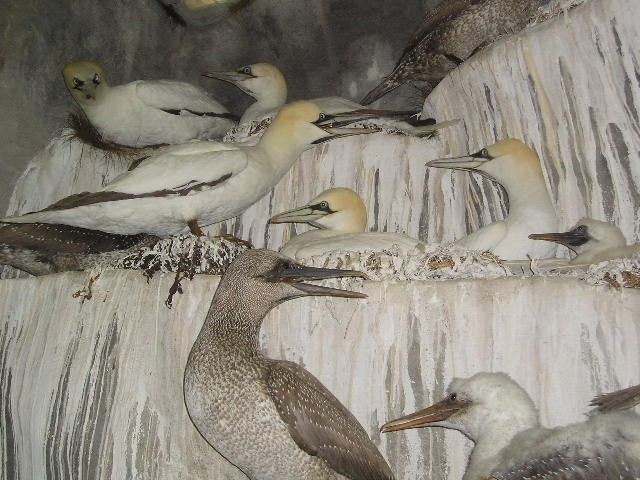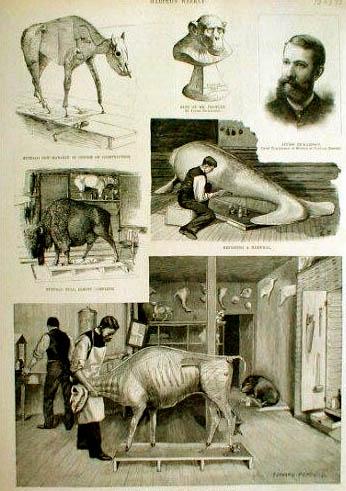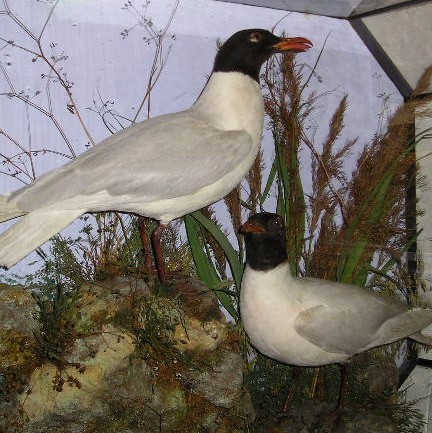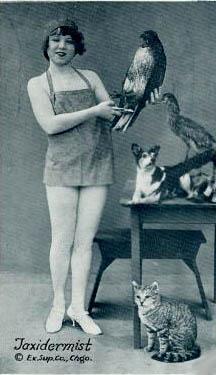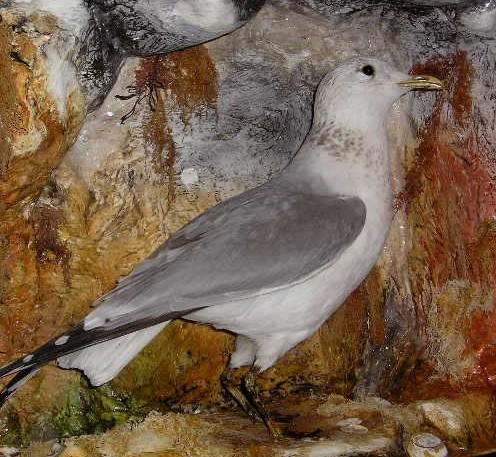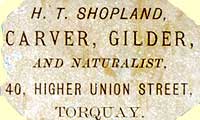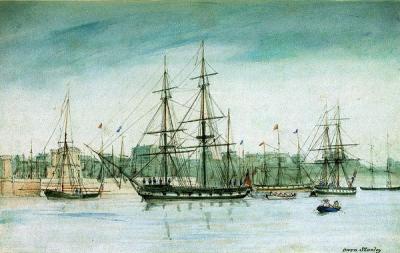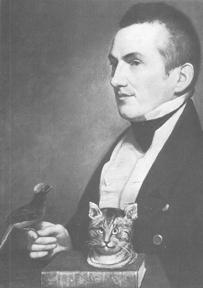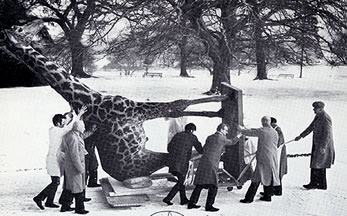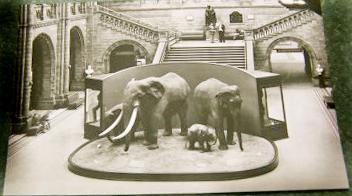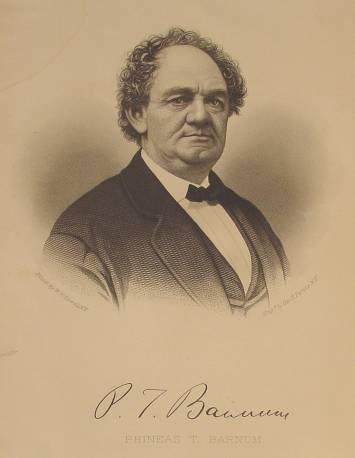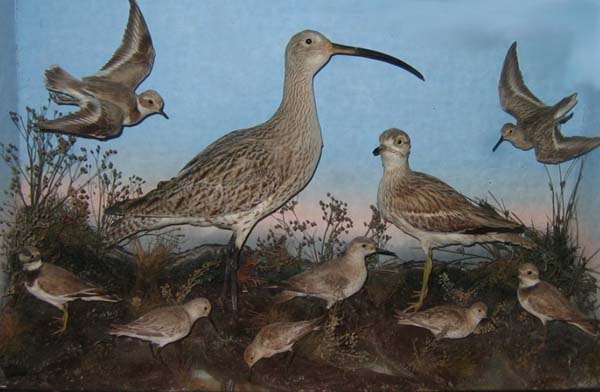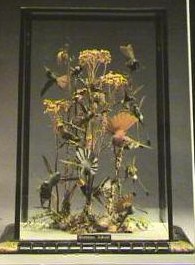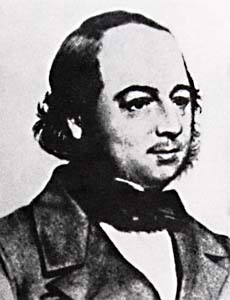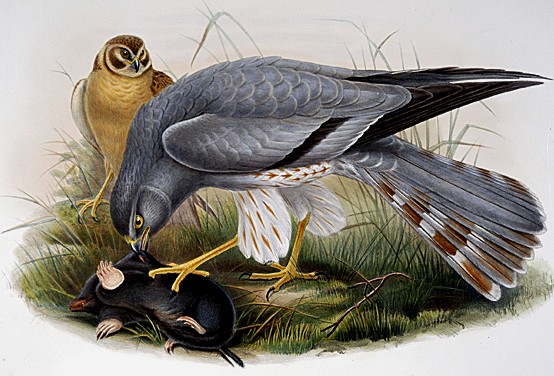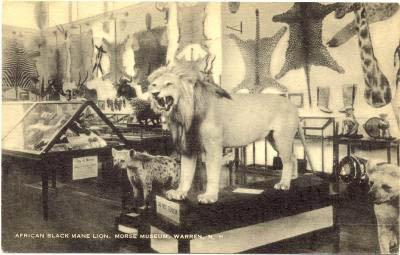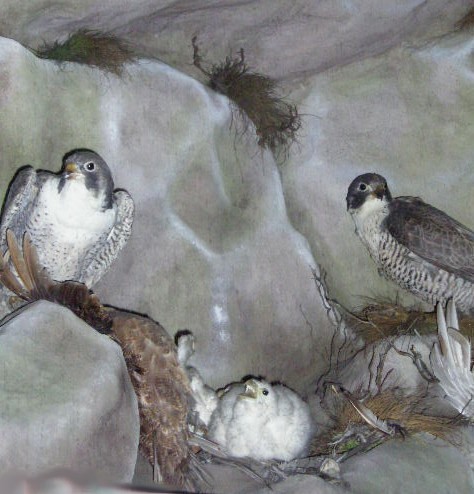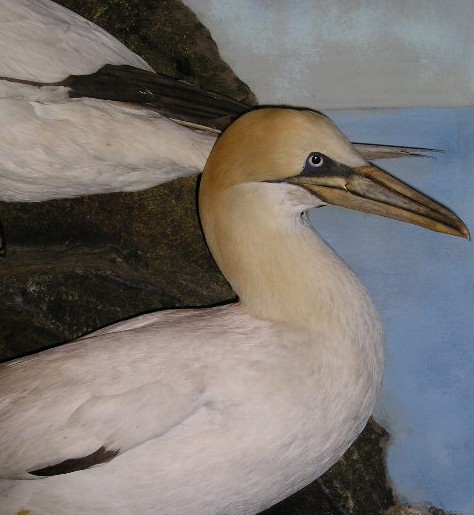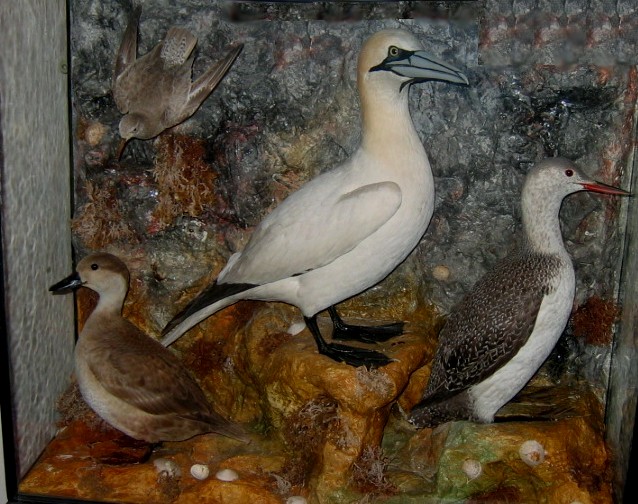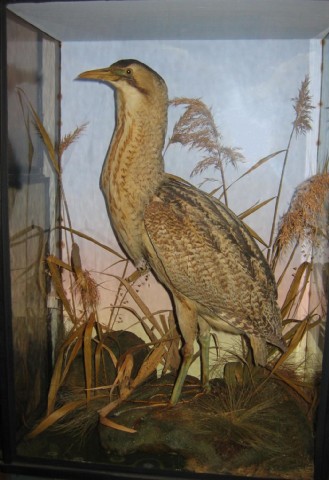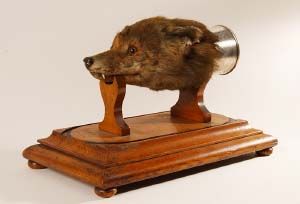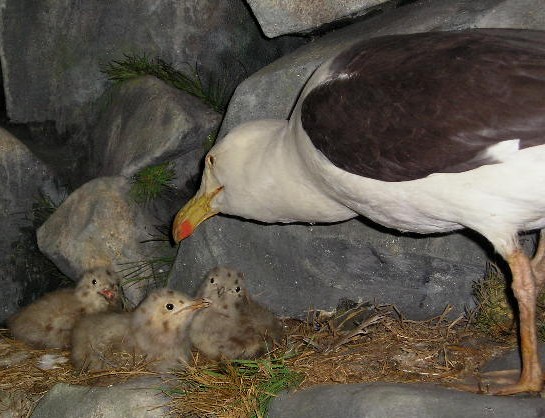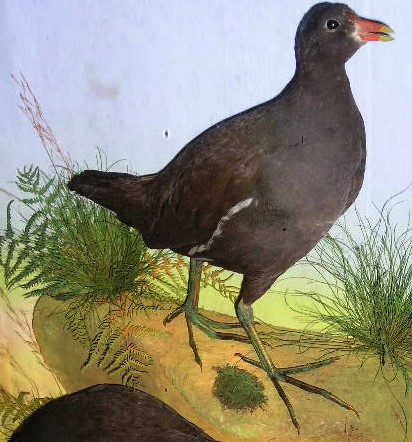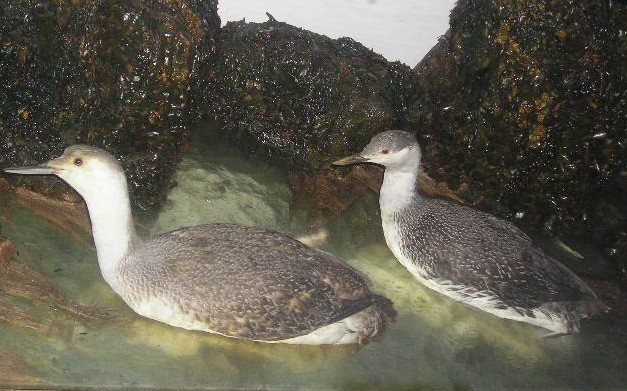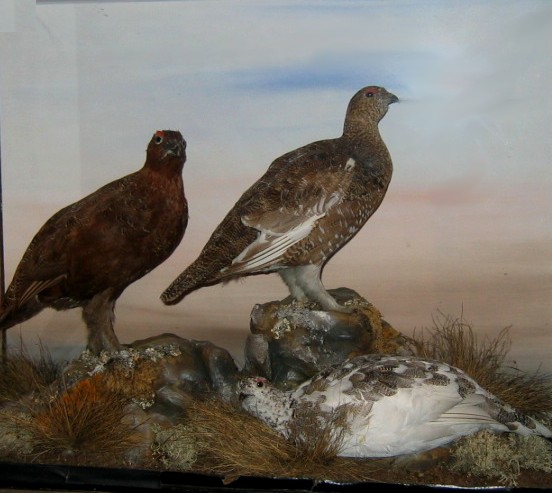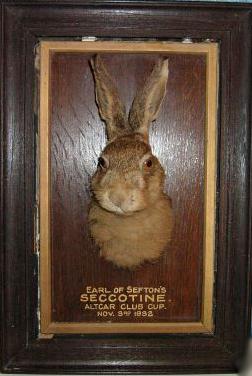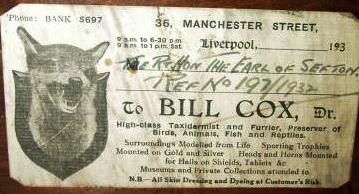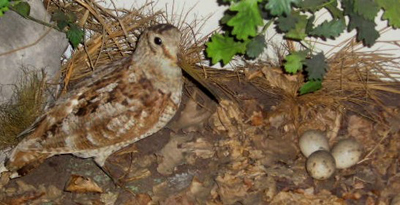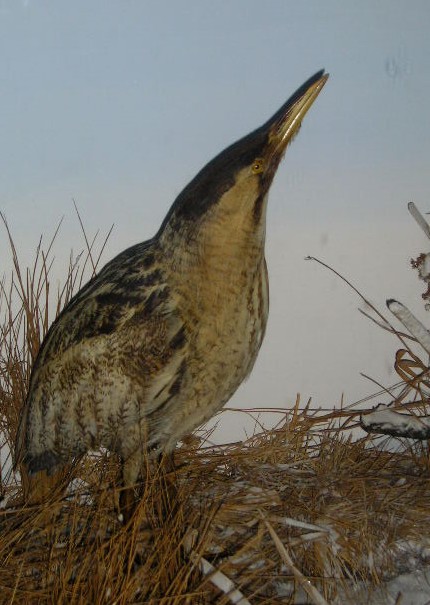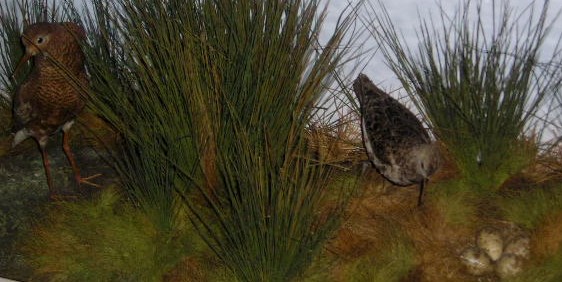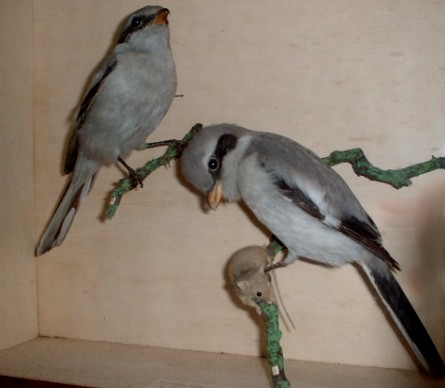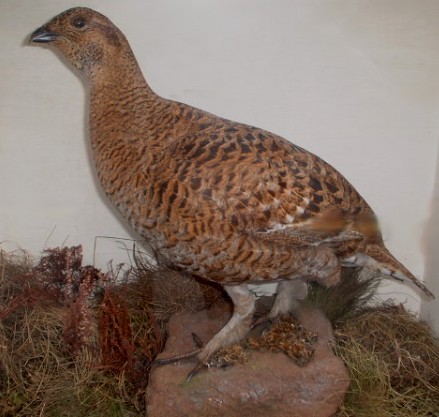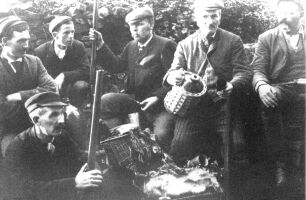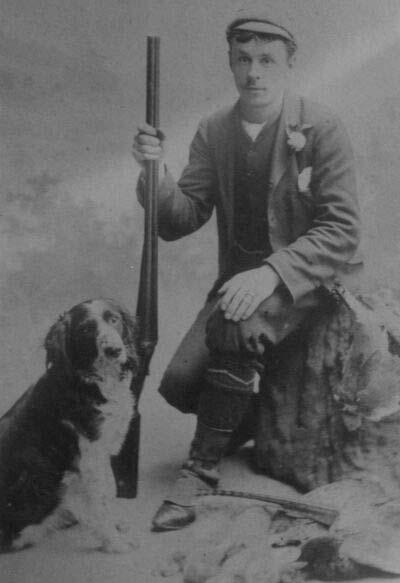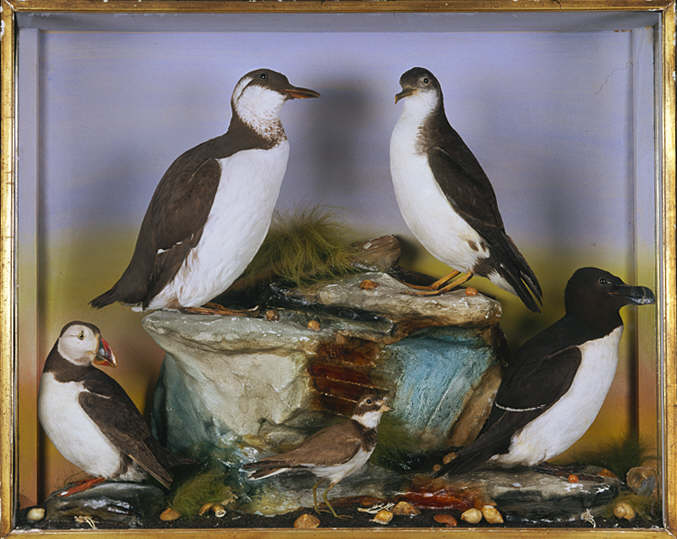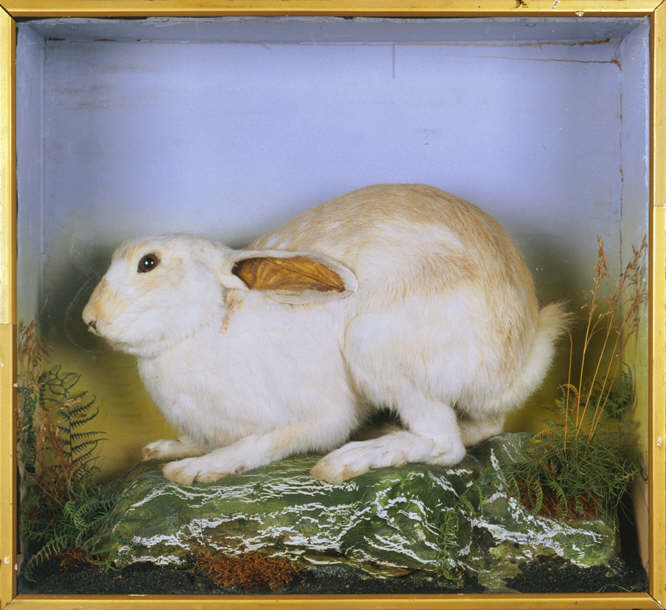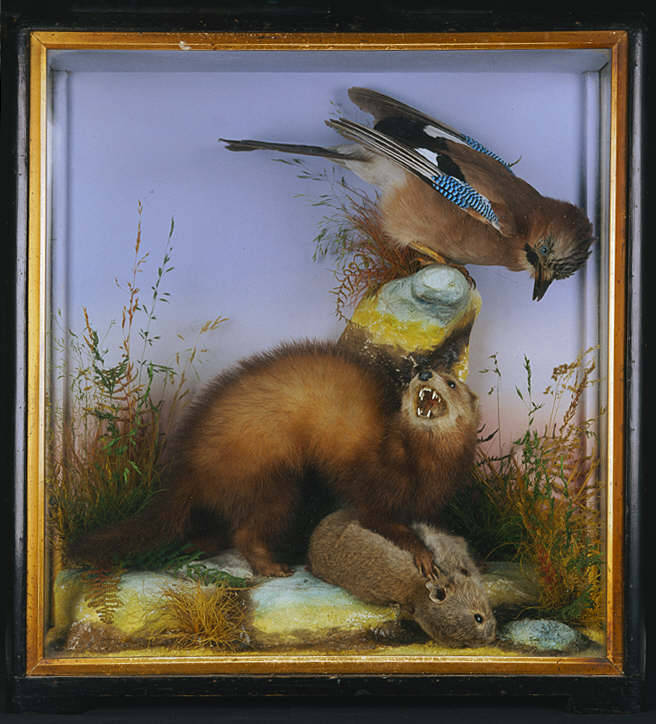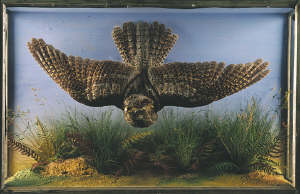Edward Gerrard
The commercial firm of Edward Gerrard’s was founded in 1853. The business was, and remained for more than a century, a family concern. By family tradition, the eldest son f the eldest son was always named Edward, a process that only faltered when Edward Gerrard, great great grandson of the company founder did not produce a son, but instead two daughters, Elizabeth (born 1930?) and Audrey (born 1931). As a result, EG’s younger son, Charles, named his eldest son Edward (born 1933), who became Managing Director of the firm until it finally closed down in the late 1960’s (apart from the hire business). Mr Edward ‘Ted’ Gerrard currently lives abroad, where he has pursued a career as an ornithologist. Copywrite Dave Chapman.
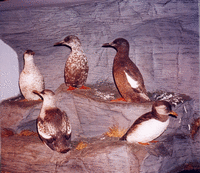
Sea Birds by TE Gunn. Victorian. Copywrite Dave Chapman
William Crawford Williamson
Professor William Crawford Williamson FRS, the eminent Victorian scientist who was appointed as the first Professor of Natural History (Geology, Zoology and Botany) at Manchester in 1851. Williamson was one of the great Victorian naturalists who knew and actively corresponded with Charles Darwin, Louis Agassiz, T.H. Huxley and other great scientists of the day. He also knew John Dalton and famously tended the great man during his final days, feeding him broth and other liquid sustenance. Williamson trained as a doctor and practised as an eye surgeon as well as pursuing his studies in the natural sciences. He was instrumental in the development of the study of rocks in thin section and did pioneering work in palaeobotany. Now, 150 year after one man bridged the great natural science disciplines, in the Centre named for Williamson we again bring together the geological and biological sciences in interdisciplinary research.
H. Brazenor
This local Taxidermist was based in Stockport, Manchester in the 1920’s having left the family business, started by his father in the 1870’s in Brighton.
T.E. Gunn
Born in 1844, he worked in Norwich all his life. He had a shop there and became known as one of the best taxidermists in the area. He died in 1923.
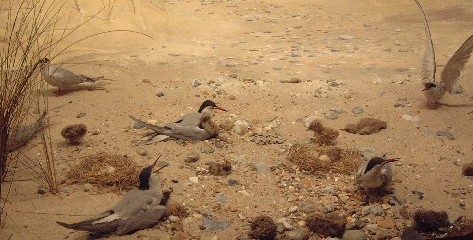
Common Terns by TE Gunn. Diorama contains nests, chicks and eggs. Victorian taxidermy case
Swaysland
George Swaysland founded this family firm, based in Brighton, in 1830. This was continued into the 1930’s by his son, and then his grandson, both called Walter.
Betteridge and Son
Founded in 1872 by John Betteridge, in Birmingham, his son continued until his death in 1958. This firm specialised in display work for museums and Bolton Taxidermy Museum has many examples of their work.
The Stuff of Dreams
Perplexed by negative perceptions of his trade, Kim McDonald tells Graham Snowdon how he is inspired by a passion for wildlife and guided by firm ethics
'There's a tiger in that freezer over there," says Kim McDonald. Is it my imagination or did the lid just twitch slightly?
That would be a turn-up for the books indeed because the tiger, or what remains of it ("just the skin and the head") has been in there for four years, ever since its sudden demise following a thankfully non-life-threatening incident involving a zookeeper's son and an open gate. Either way, McDonald doesn't seem keen to introduce us - mainly, it has to be assumed, because of the mountain of clutter piled on the freezer, atop which proudly sits a red squirrel with pins sticking out of its ears.
But then, ossified animals peer out from dusty nooks and crannies wherever the eye cares to roam in this gloriously ramshackle basement kingdom - from the glowering, black rhinoceros head as you descend his narrow stairway to the pair of kiwi birds, suspended in mid-gambol on a dusty plinth at the foot of his workbench. And the really odd thing is, I don't have to spend too long in here before the peculiar odours, the beady eyes and fluffy tails, the half-filled chemical tubs and the cascading drawers filled with inscrutable taxidermy accoutrements all start to feel - how can I put it? - like a natural habitat.
He disappears next door to make coffees while I clatter artlessly from one room to the next, snagging my bag on a horn protruding from a box. "Mind the antlers," he calls out, very much the genial host in this, his workshop by the banks of the Chelmer in Maldon, Essex, where he has spent more than 20 years lovingly restoring dead wildlife to a statuesque kind of glory. But McDonald knows geniality alone counts for little in a trade that, in the eyes of the public, needs some serious rehabilitation of its own.
"The problem with taxidermy is that the general public look upon you as a kind of a parasite," he says, bristling with indignation. "You go out, murder animals, so you can sell them to a macabre clientele who stick 'em on their walls and, you know, adore them. And people think that's all there is to it. Well it couldn't be further from the truth."
In fact he has a strong passion for wildlife, that inspired him to quit a highly paid career as a City broker in the early 80s to develop his taxidermy hobby as a going concern with wife Pauline. Certainly there is little trace of that former existence on view now. "It was a bit of a culture change, heh heh!" he recalls. "But I'd ended up on Valium and it was time to get out, to give up the shakes and the pains."
The couple had spotted a demand from local schools seeking to hire out stuffed owls and peacocks for classroom displays. Soon the business - if not the owls and peacocks themselves - took off. "Because that's the whole point of taxidermy - education," he says. "We used to have over a thousand-head of stock here. We ended up dealing with nigh-on 200 schools."
Soon his work began to attract the attention of the hunting and fishing brigade. Despite this bare necessity of a taxidermist's business, McDonald has never held any truck with the killing of animals for sport alone (and indeed, he disapproves of fox hunting). He will, however, handle dead game, which he justifies on the grounds that the animal has entered the food chain.
"When a fisherman brings in a [coarse fish] like a carp or a tench, I think, what did you kill that for? We're not interested." He looks genuinely upset by the thought. "But trout, salmon, bass... fine. He can eat the salmon - I don't want the meat, he don't want the skin, so we set it up for him in a case. That's the best of both worlds."
It is prohibited for taxidermists - or anyone for that matter - to handle most non-game animals killed for sport since 1947, so he keeps careful records of origin, including a signed declaration from the provider, thus ensuring his stock is drawn either from animals which have died of natural causes or, as is more often the case, from roadkill. "It's very strange, actually," he muses, "the people who come to you, who drive down the A12, see a dead tawny owl and think, that'll look nice on top of the TV."
So what are the bare bones - if that is the right expression - of a taxidermist's craft? "Right," he says, sniffing authoritatively. He lifts the lid on another chest freezer and we peer in. It is literally brimming with frozen former furry and feathered friends. "Obviously, you start out with a dead animal, they don't like it when they're alive," he says, plucking a green woodpecker from the freezer and plonking it down on his worktop with an unceremonious thud - not so much Monty Python's dead parrot as Kim McDonald's dead woodpecker.
Having established, then, that the animal is not simply resting, it must legally be tagged, logged and its origins accounted for. Once he is ready to begin work, McDonald begins by making a small incision, normally along the width of the animal's breast.
"Once you've done that, you literally skin it inside out. Just like this," he says, sliding his fingers in between his shirt buttons and waggling them around, "till you get to the beak. Then we cut the neck off. You clean the skull out - with birds, you leave the skull in along with the wing bones and leg bones. Then you wash the skin, just like you would a shirt. I normally use Daz, I think."
He then applies a camphor-based insecticide to the skin and the reconstructive process can begin. From this point, the technique is surprisingly simple; McDonald uses a traditional method of binding wood wool with string to recreate a form mirroring the animal's body mass. Having done this to his satisfaction, it is just a question of stretching the skin back over the body and wiring in the head and limbs.
"You should end up, once you've sewn it up, with something that resembles a bird," he explains cheerfully. The principle, he says, is the same for a tiny bird as it would be for an elephant, "except with bigger mammals, we tan the skin in a bath of acid, which turns it into leather."
I ask him what is the most challenging animal he has ever stuffed, and he pauses for thought. "I did a couple of monkeys once, for a zoo. And you've got them laid out and you look at their fingernails and fingerprints ... all very reminiscent of Aunt Maude." He shuffles uncomfortably. "You're dealing with a human being roughly. Alright, it's covered in hair, but it's a little bit uncanny."
McDonald prefers to work with birds these days and says most of all, he would one day love the chance to restore a great grey owl, which live wild only in parts of Canada and Siberia. "I've got a few feelers out with the breeders..." He pauses. "If you lose a great grey, you know, give us a bell. I mean they're worth four to five hundred quid so I'm not going to donk one on the head. But I wouldn't entertain that anyway. I'll wait for one to die naturally."
Even so, at those prices it is clear why the illegal trade in imported wildlife ranks second only behind drug-smuggling in the UK. To that end the UK Guild of Taxidermists - of which McDonald served as chairman for several years - has forged close bonds with the police, helping them determine whether an animal is likely to have died within the bounds of the law or not.
It is also through his affiliation with the guild that McDonald has come to specialise in the complicated field of taxidermy law, an increasingly lucrative sideline to his business which, with his 61st birthday coming up, he hopes will help him and his wife realise their dream of retiring to Spain. That process will be accelerated when, later this year, the lease expires on his workshop and he will clear out and relocate to a much smaller, purpose-built shed at his home. It will be a squeeze, but he says there will be enough room for the frozen tiger, which when completed is destined for the entrance foyer of a new big cat sanctuary.
He shows me back up the narrow steps where the sign proudly declares "No specimen is killed for the purpose of taxidermy." But one thing is still troubling me: that giant black rhino head looming above us. Surely that wasn't knocked down by a passing driver on the A12?
"Ah!' McDonald says. "He's quite a beastie, isn't he?" He reaches up with a broom handle and taps the rhino affectionately on the nose. There is a hollow thud. "It's fibreglass."
Below are some more companies that sell Taxidermy
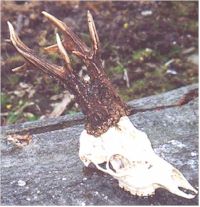
Roe Deer
www.victorian-taxidermy.co.uk
www.acaseofcuriosities.com
www.antiques-uk.net
www.taxidermy.co.uk
An interesting French site now up, I suggest you take a look
taxidermy.monsite.wanadoo.fr/
Taxidermy4Cash does not undertaken taxidermy, rather we are collectors of
other people’s work, both current and historical we also offer web hosting,
a search engine submission service and increasingly one of the larger
article resource banks on the net. So if your keen to learn about Taxidermy
etc, then you know where to look.
We are always interested to here about new resource, if you feel a resource
should be listed here then please contact us.
|
ITEMS
WANTED. Please respond via this on-line form HERE
with a description of what you have for sale.
[HOMEPAGE]
Taxidermy Links.
Please double click on the Taxidermy link icon below.
Taxidermy
Links
|
|
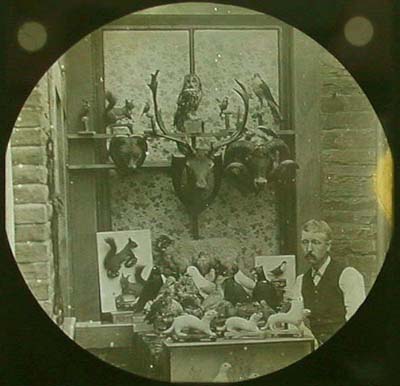

.jpg)
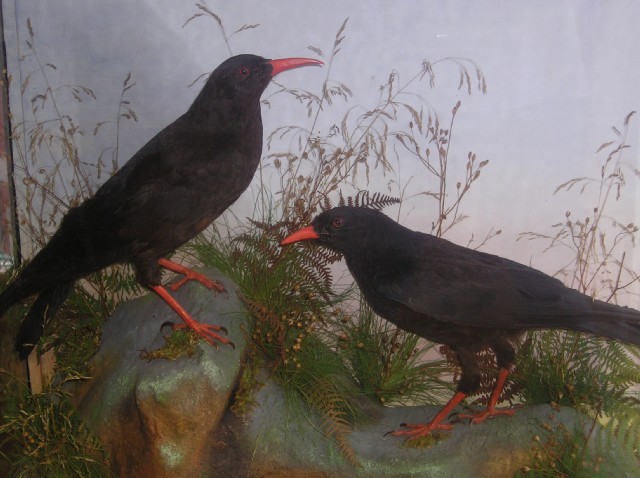
![cwpeale1 [640x480].jpg](cwpeale1 [640x480].jpg)
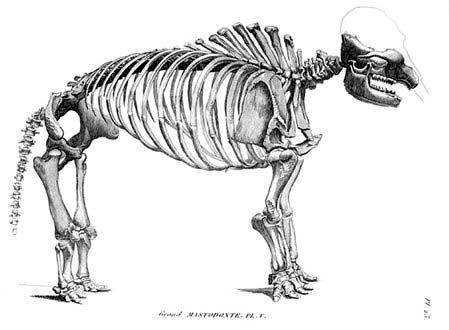
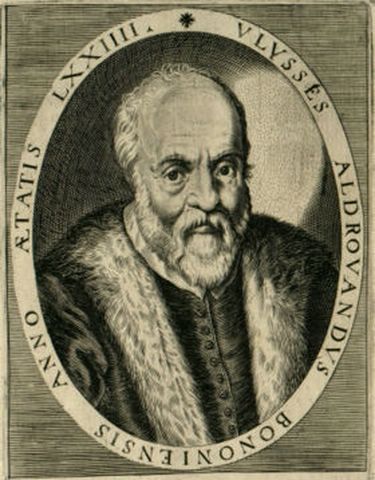
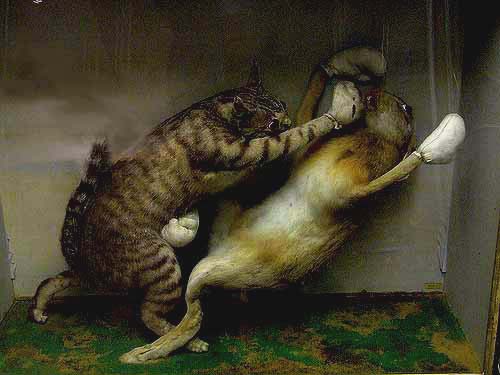
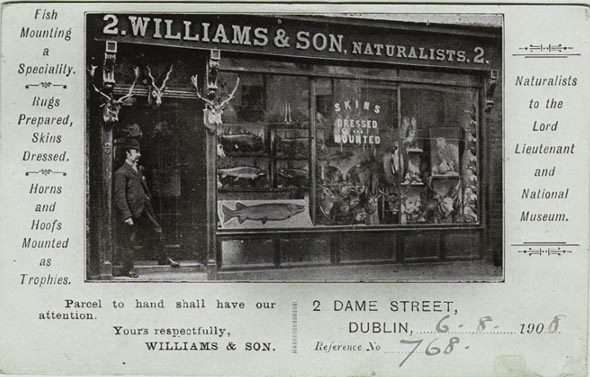
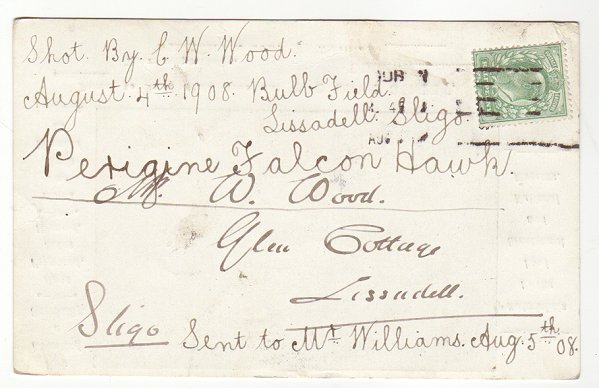
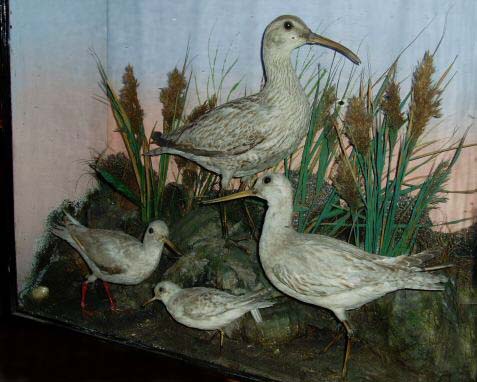
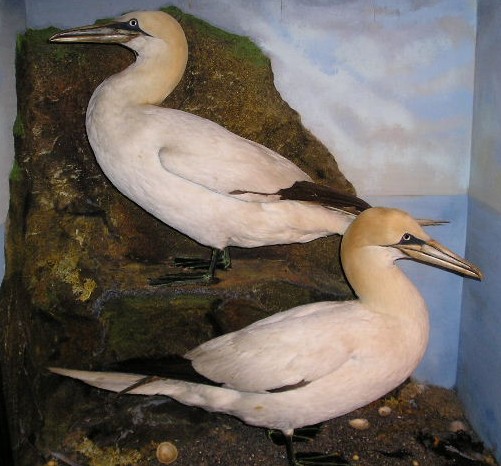
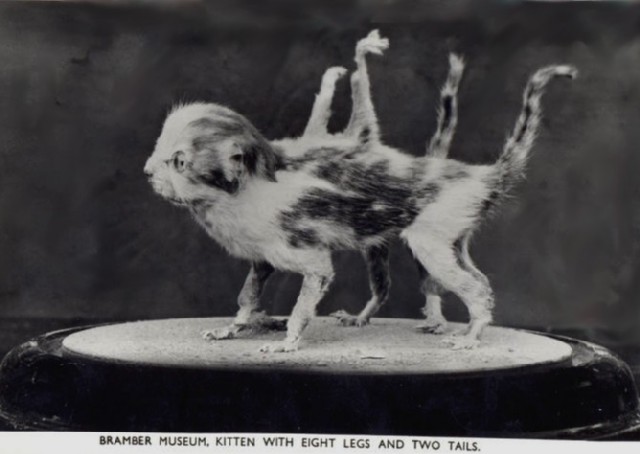
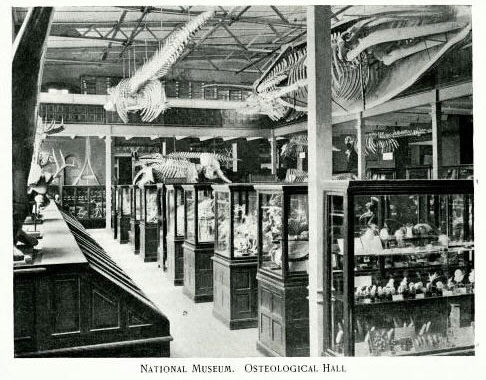
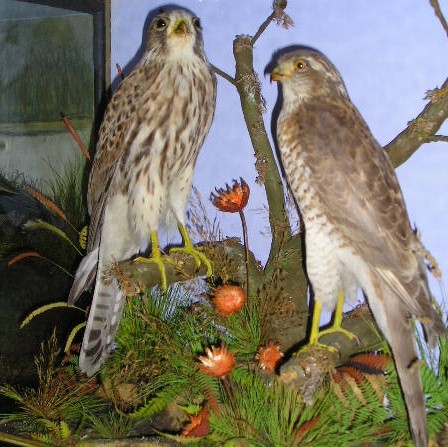
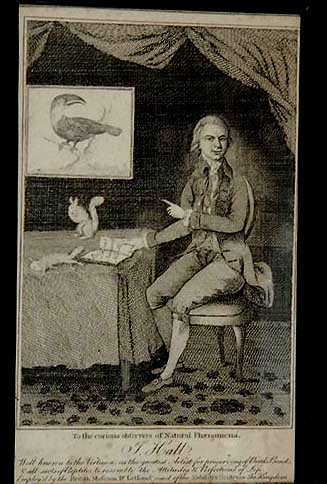
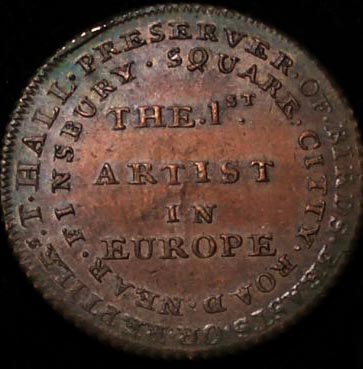
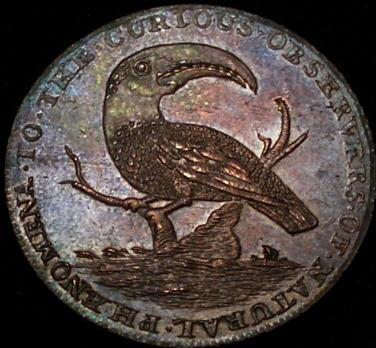
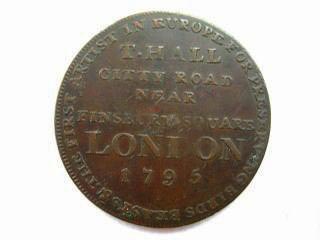
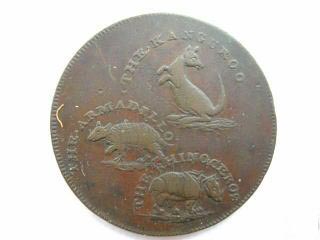
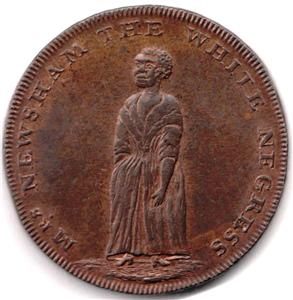
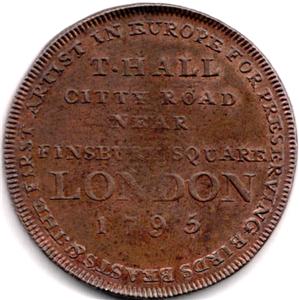
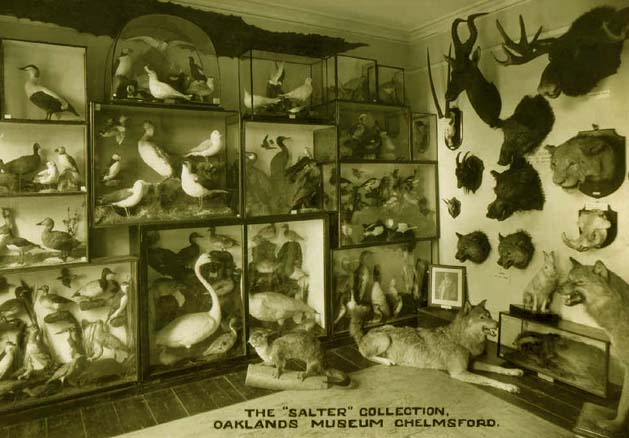
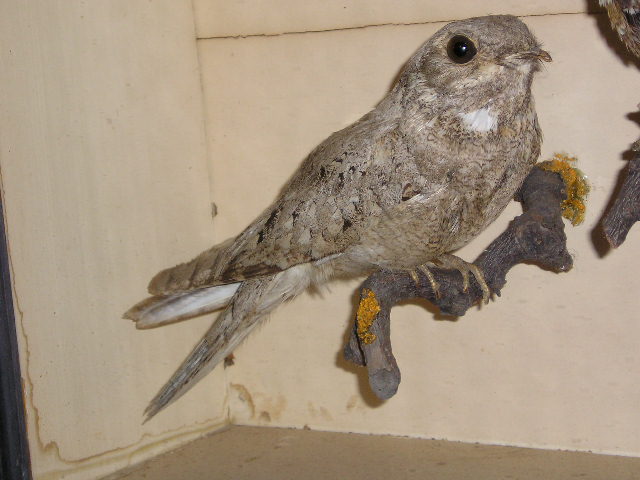
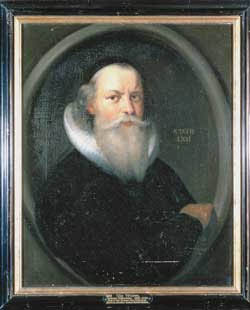
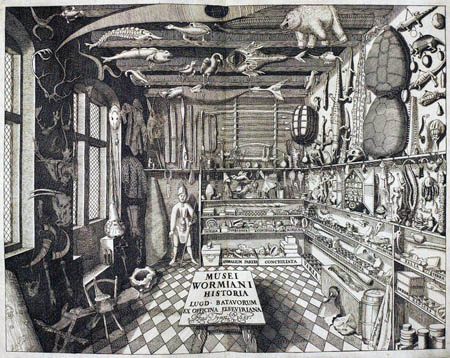
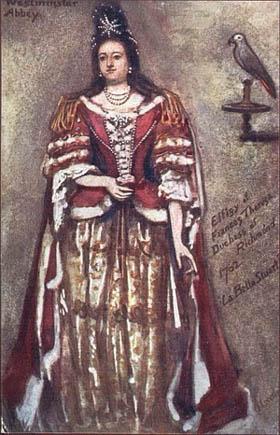
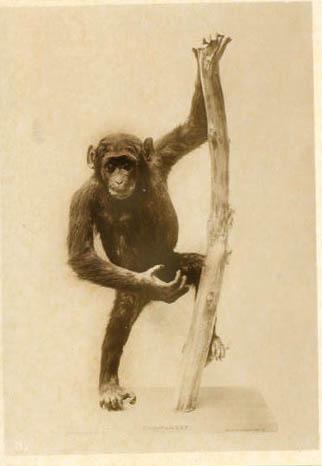
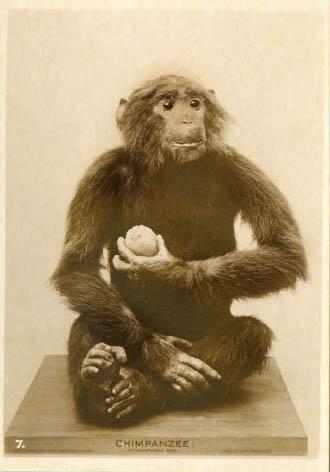
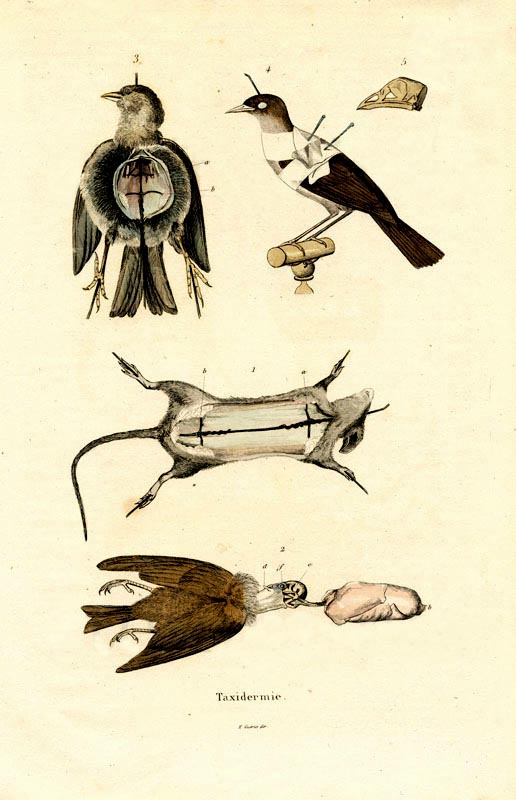
.jpg)
